|
A couple of weeks ago, I was fortunate to visit the Museum in Görlitz to study their medieval goldwork embroidery. You can read my first blog article on a 15th-century chasuble with scenes from the Life of Mary here. Today we will have a look at a very special chasuble cross made at the end of the 14th-century in a royal workshop in Bohemia. Görlitz belonged to the kingdom of Bohemia during this time. It was an important trading city that controlled the trade with woad and woollen cloth. No wonder such a high-quality chasuble cross has survived in the treasury of Saint Peter's church. Bohemian goldwork embroidery flourished in the late 14th- and early 15th-century under the patronage of the Bohemian kings. They were of the House of Luxembourg. Bohemian embroidery is quite distinctive and once you know what it looks like you can easily link other pieces. Not many pieces have survived and I don't think all of them have been published in a cohesive overview. The chasuble cross in the Museum in Görlitz is one of the lesser-known pieces. The red chasuble the Bohemian cross is mounted on is of a younger date (as is the embroidered cross mounted on the front). This shows that this piece of embroidery was still highly valued hundreds of years after it was originally made. Although the embroidered design is a classical one, I don't think that there is another Crucifixion scene with Mary Magdalene embracing the cross and with a pelican's nest above the cross within the corpus of Bohemian embroidery. Now let's have a detailed look at the embroidery by picking (plucking?) the pelican apart. The pelican and her three young are stitched in coloured silks. The split stitches used are very fine and follow the contours of the birds. Sounds familiar, doesn't it? This is a very similar technique as seen in contemporary Opus anglicanum. However, the background consists of these golden spirals that have been couched down with normal surface couching. Underside couching is absent from Bohemian embroidery. Another peculiarity of at least some of the Bohemian embroideries seems to be that these background patterns, be them spirals or diaper, are drawn onto the fabric. In this case, each spiral with its 'rays' has been individually drawn onto the fabric. Here you can see that the embroidery was worked onto two layers of linen: a very fine linen (c. 53 ct) backed by a coarser linen. Another piece of linen seen at the bottom left is from a later repair. The pelican and nest were worked as a slip and then sewn onto the chasuble cross. Here you see the later repair as a whole. Aparently, the area between the adult bird and the chicks had completely worn away at some point. It was repaired with a piece of linen and then embroidered over. The stitches are much larger and the red silk is of a different colour than the original red silk used (see blood splatters on the head of the chick on the left). And then there is the nest. It is padded with small strips of parchment. The gold threads are couched on either side of each strip in a technique known as gimped couching. By changing both the direction of the parchment strips and the gold threads, you get the illusion of a woven nest. When you look carefully, you can sometimes spot the little holes in the strips of parchment that were used to sew them onto the linen background fabric. I am also wondering what the dark-yellow substance is on the parchment. Is it paint so that the stark white colour of the parchment would not shine through? Or is it yellowed glue? This would probably help to fixate the gold threads whilst you are working. As far as I know, none of the art historians who studied the Bohemian embroideries has ever noticed the similarities with Opus anglicanum. Although underside couching is absent from the Bohemian pieces, the very fine split stitch following the contours of the figures is indeed very similar. Are there any links between Bohemia and England at the end of the 14th- and the start of the 15th-century? Yes. The House of Luxembourg. King Richard II was married to Anne of Bohemia (AD 1366-1394) in AD 1382. Anne was a sister of Holy Roman Emperor Sigismund of Luxembourg (1368-1437), who was also King of Bohemia and Hungary. Prior to her marriage, she lived in Prague castle. In addition, the mother-in-law of Henry IV was Jacquetta of Luxembourg (AD 1415/16-1472). Her family had been living in England for a couple of generations. She was also a fourth cousin twice removed from Sigismund of Luxembourg. As the earliest preserved pieces made in England are about 100 years older (MET 17.190.186) than the earliest preserved pieces of Bohemian embroidery (V&A 1375-1864), it seems possible that the technique travelled from England to Bohemia in the second half of the 14th-century. Clearly, additional research is necessary to shed some more light on this tantalizing possibility.
Literatur Browne, C., Davies, G., Michael, M.A. (Eds.), 2016. English Medieval Embroidery: Opus Anglicanum. Yale University Press, New Haven. Wetter, E., 1999. Böhmische Bildstickerei um 1400. Die Stiftungen in Trient, Brandenburg und Danzig. Gebr. Mann Verlag, Berlin.
8 Comments
|
Want to keep up with my embroidery adventures? Sign up for my weekly Newsletter to get notified of new blogs, courses and workshops!
Liked my blog? Please consider making a donation or becoming a Patron so that I can keep up the good work and my blog ad-free!
Categories
All
Archives
July 2024
|
Contact: info(at)jessicagrimm.com
Copyright Dr Jessica M. Grimm - Mandlweg 3, 82488 Ettal, Deutschland - +49(0)8822 2782219 (Monday, Tuesday, Friday & Saturday 9.00-17.00 CET)
Impressum - Legal Notice - Datenschutzerklärung - Privacy Policy - Webshop ABG - Widerrufsrecht - Disclaimer
Copyright Dr Jessica M. Grimm - Mandlweg 3, 82488 Ettal, Deutschland - +49(0)8822 2782219 (Monday, Tuesday, Friday & Saturday 9.00-17.00 CET)
Impressum - Legal Notice - Datenschutzerklärung - Privacy Policy - Webshop ABG - Widerrufsrecht - Disclaimer

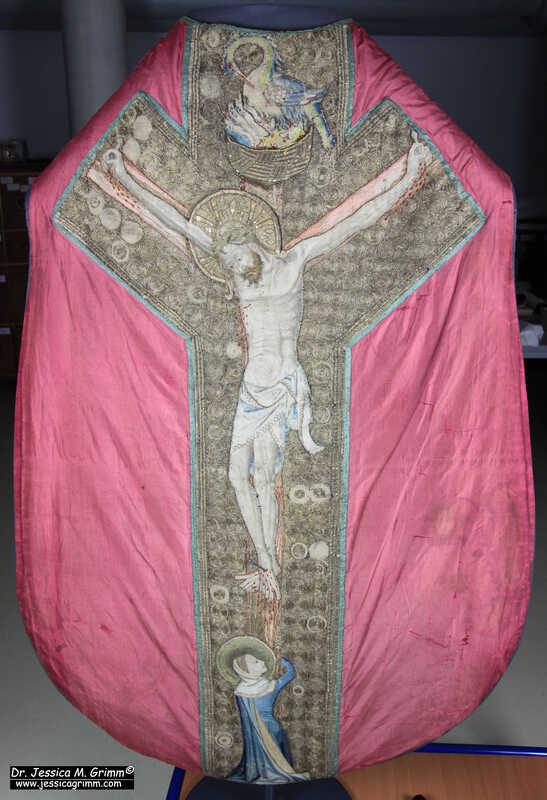
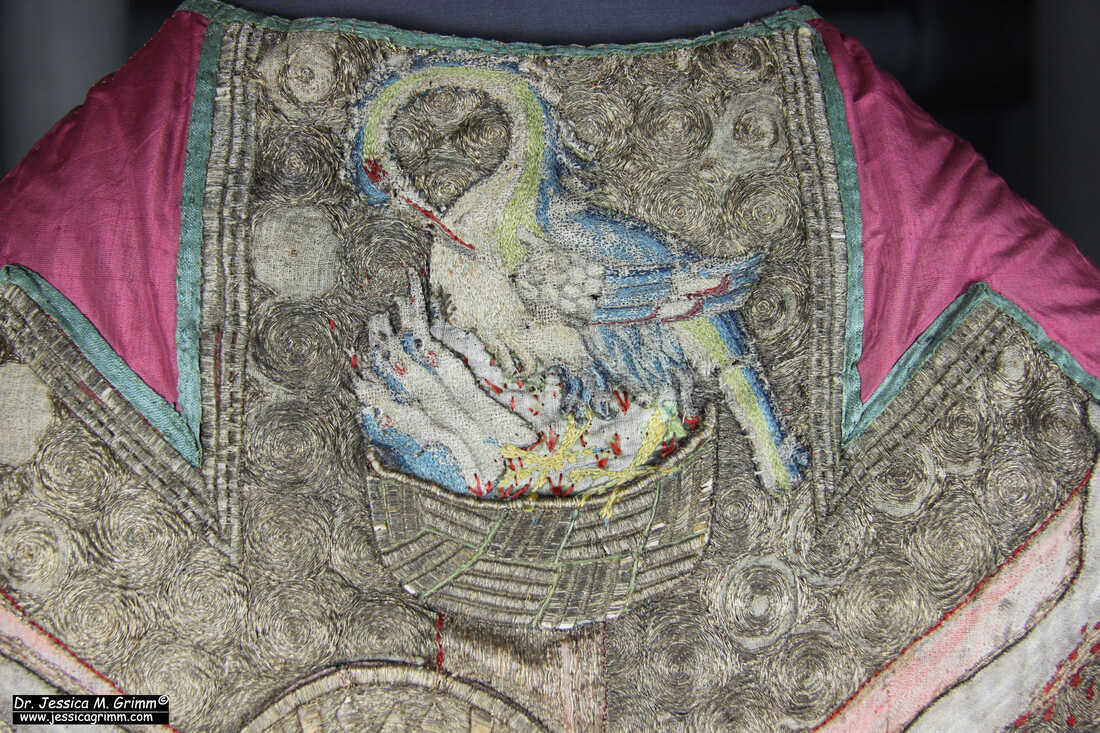
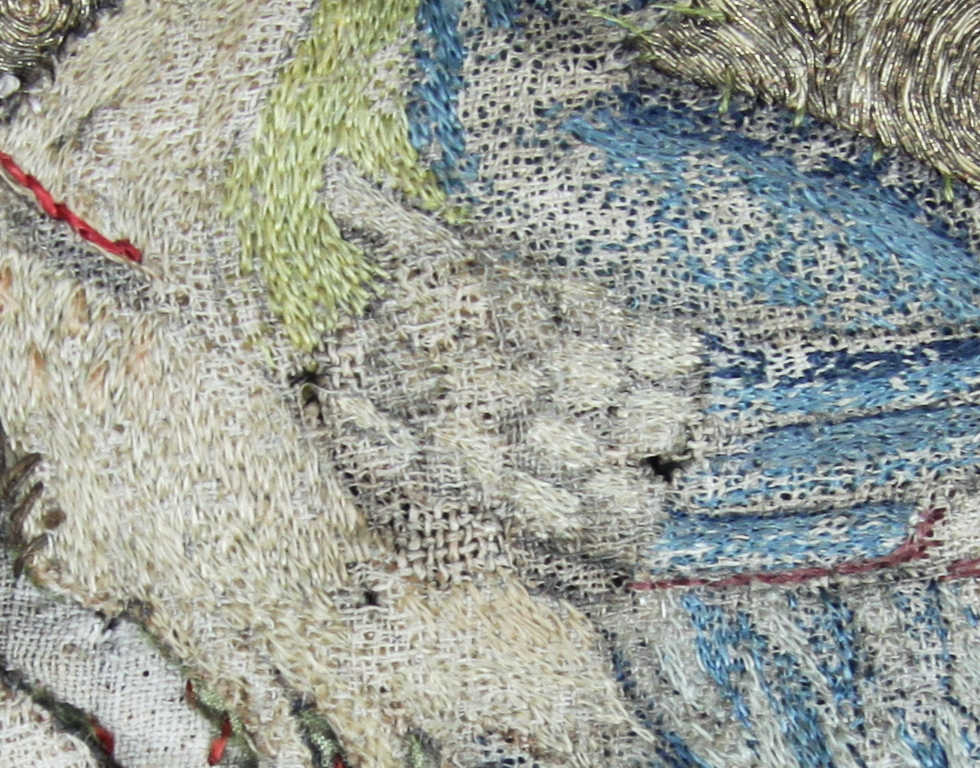
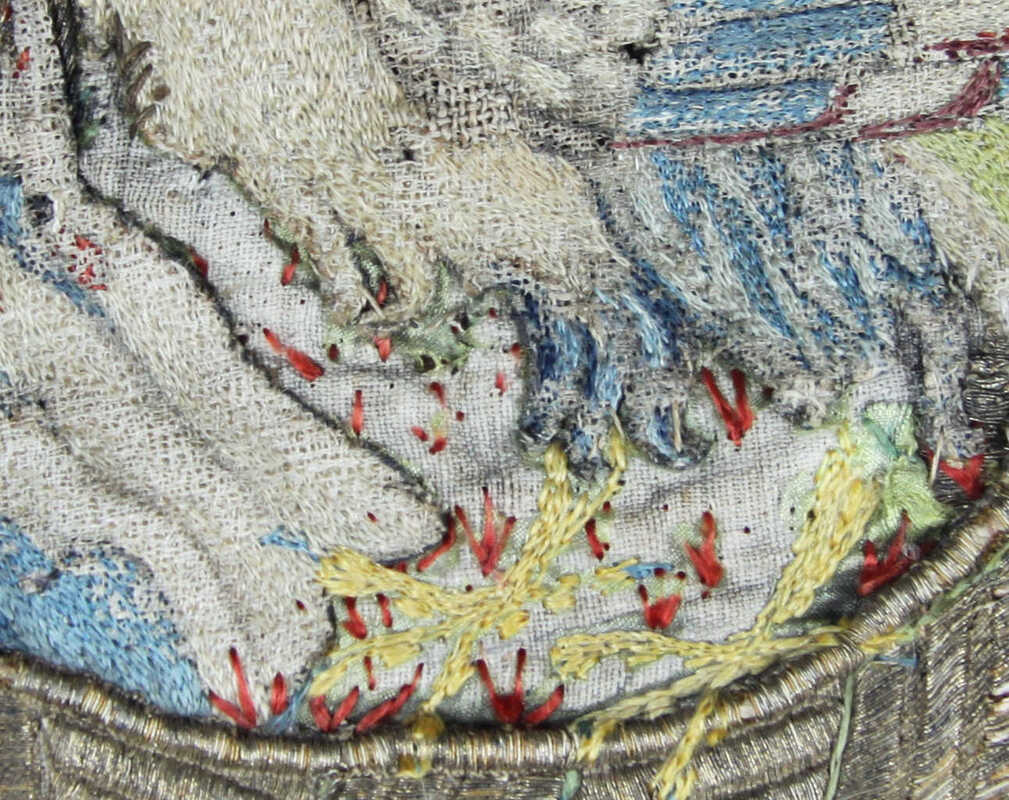
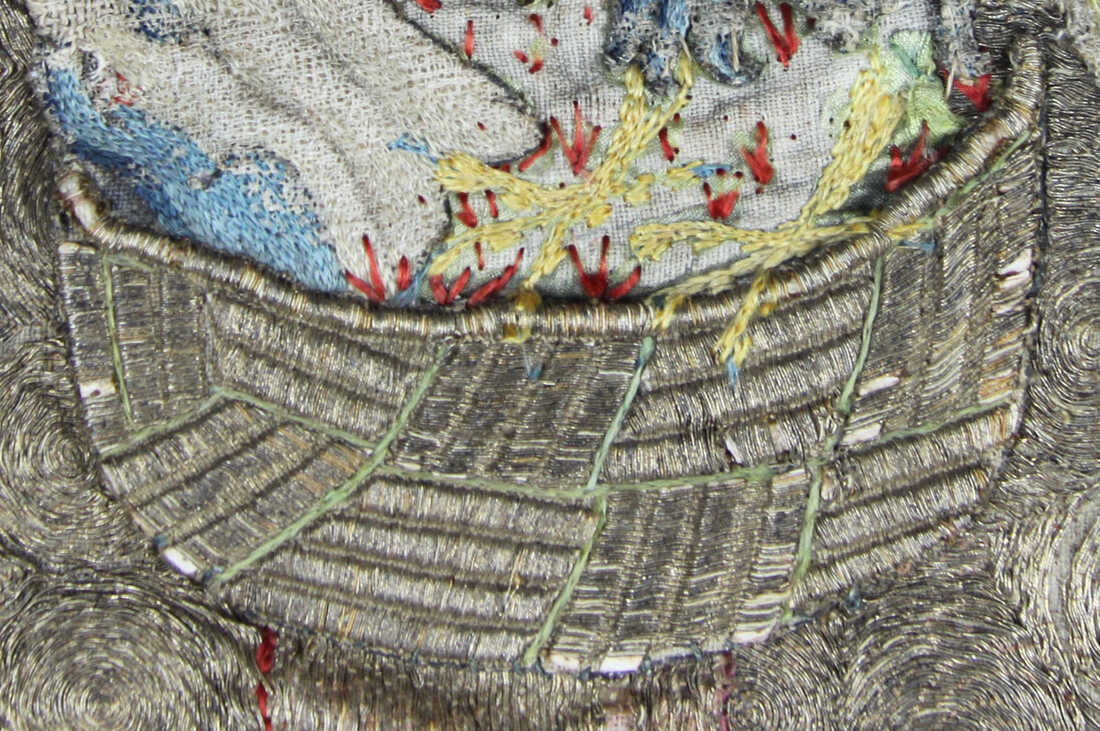





 RSS Feed
RSS Feed